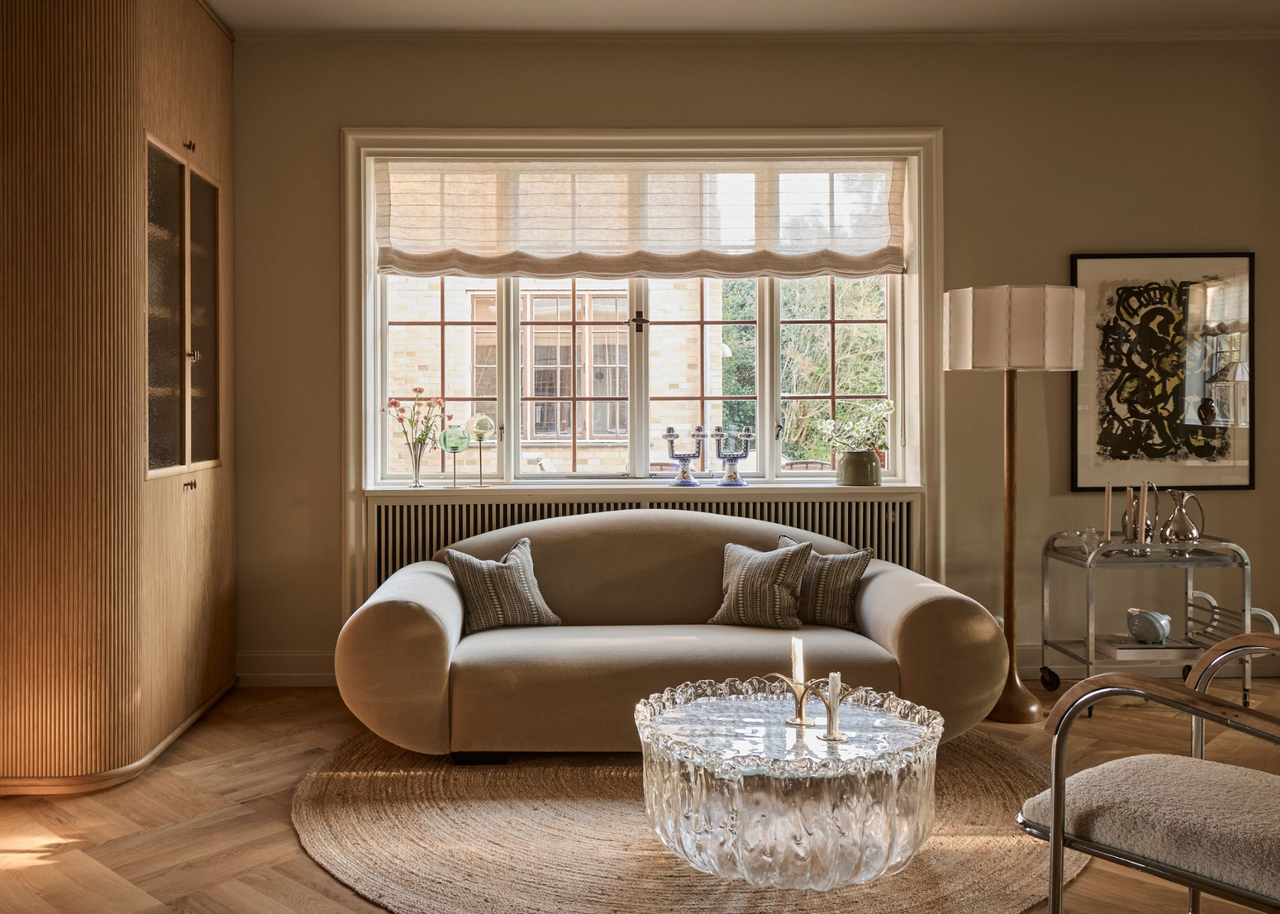
Radiator covers are a common decorative item used in contemporary homes, primarily for aesthetic purposes, but are they energy efficient? As with so many decorating choices we make in our homes, we need to weigh up style versus practicality.
And with the cold season setting in fast, the need for heat efficiency in our homes is greater than ever — and it's not just about keeping us cozy, it's about protecting our wallets, too. So, do radiator covers block heat? Experts explain that yes, they do.
However, there are some caveats, and much like the debate over whether curtains should cover radiators, there are design solutions for what to try instead or what to choose if you want to use radiator covers.
Do Radiator Covers Block Heat?
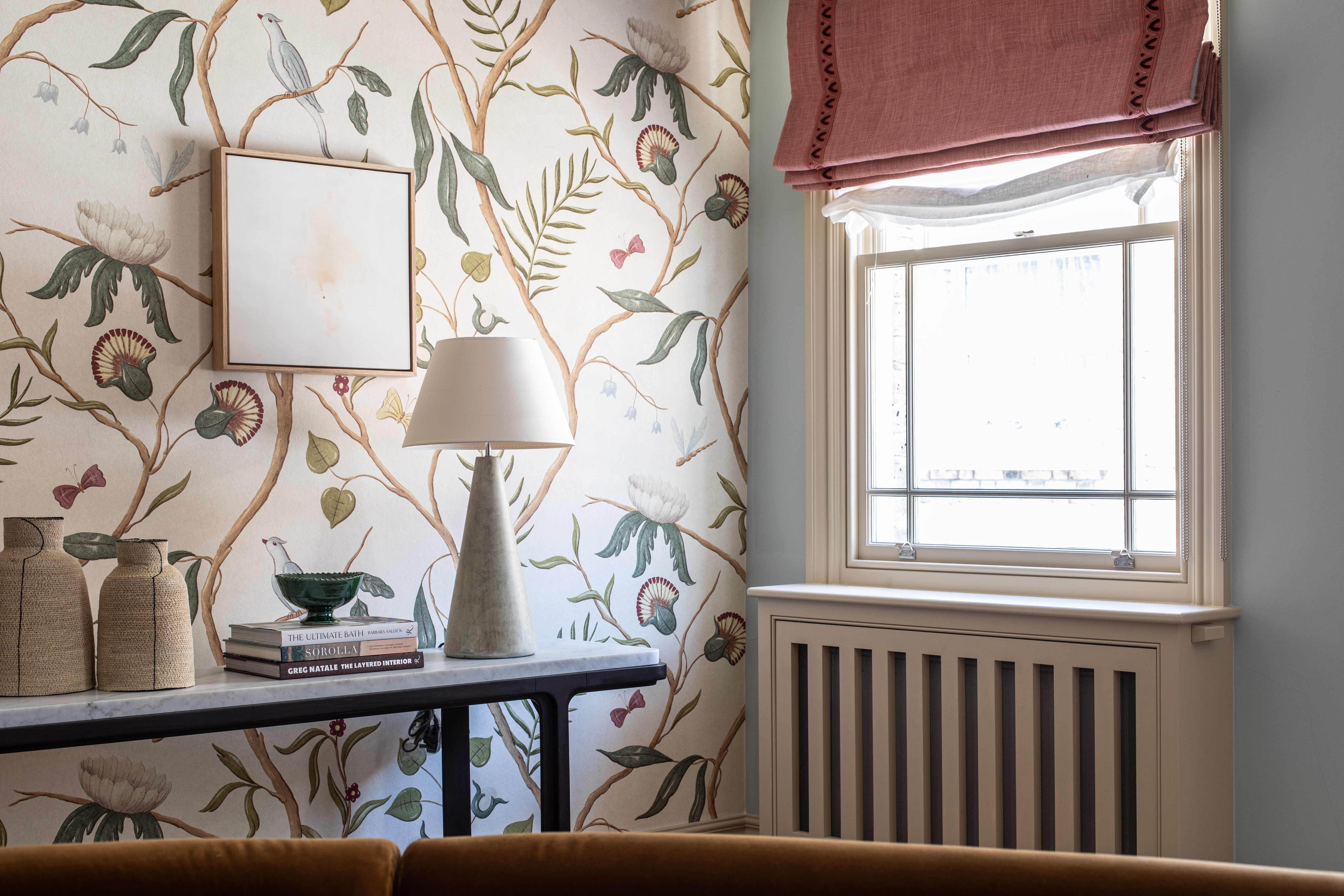
Invented in the 19th century, radiator covers were introduced specifically to hide radiators, particularly cast-iron radiators that were large and bulky and considered an eyesore — quite the opposite in today's contemporary homes, where these have become design statements in their own right.
The problem, however, is that, in most situations, radiator covers do block heat. "Radiator covers actually reduce energy efficiency," says Nick Duggan, managing director of The Radiator Centre.
"They are bad in two ways. Firstly, they limit the amount of infrared heat (the same heat you would experience by standing in front of an open fire) by up to 30% — the wooden/MDF ones are the worst for this. Secondly, they also restrict the amount of cooler air that can be drawn across and out from a radiator, limiting its heat that way as well," Nick explains.
If you have a radiator cover with minimal venting and/or solid material construction, your radiator will be less effective, Nicks says. "Over time, that can lead to higher energy bills and a room that just doesn’t feel quite as warm as it should."
This is particularly true if you use TRVs (thermostatic valves), Nick explains, as, depending on the amount of airflow, the radiator cover can trick the device into thinking the room is warmer than it is, by giving an incorrect reading based on the temperature inside the cover, as opposed to the temperature of the room itself, and turn the radiator off.
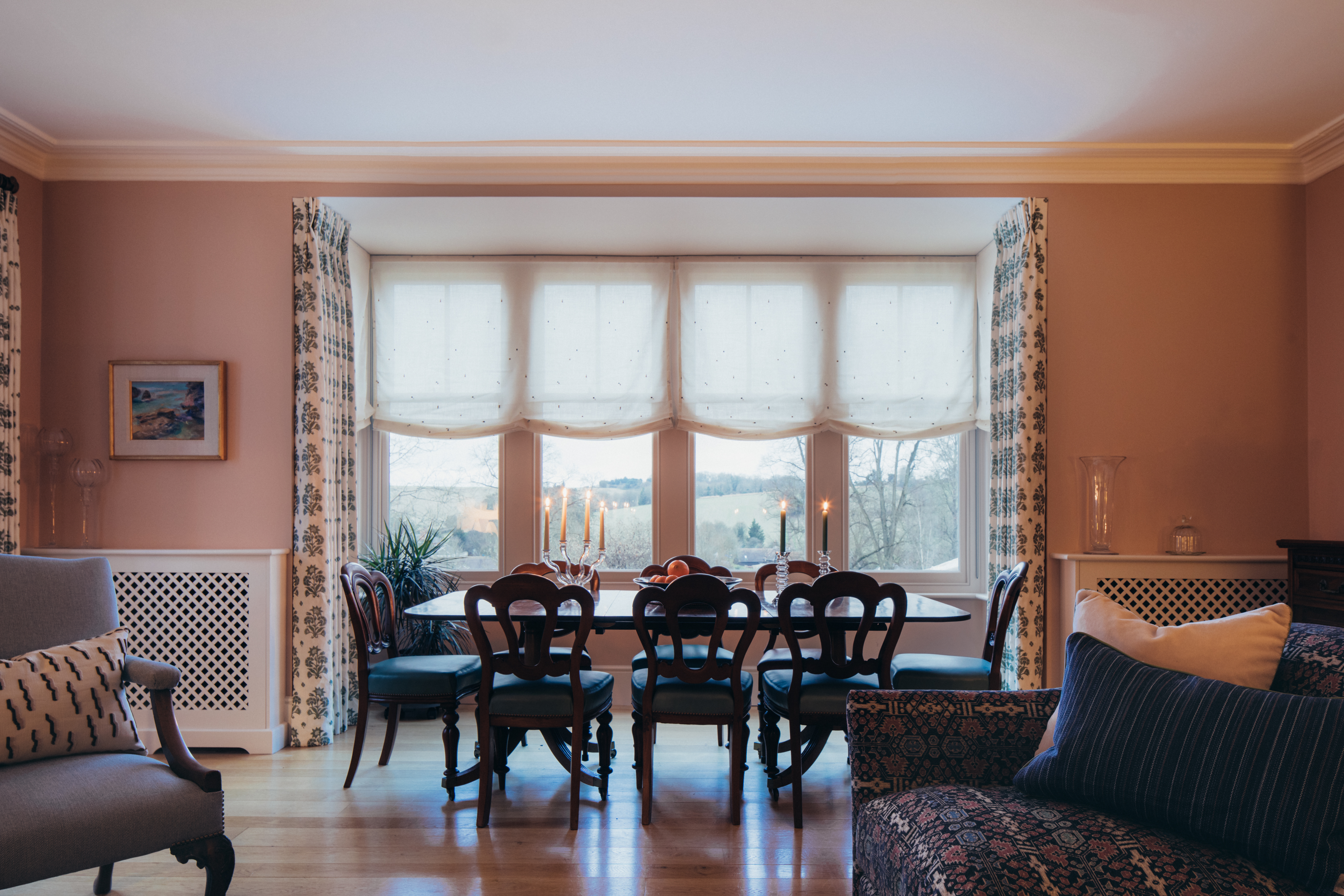
Ali Childs, founder of Studio Alexandra, who designed the space above, says: "Ultimately, if you aren’t using a grill, but are using wooden covers, it’s important to remember that the gaps need to be large enough for the heat to radiate and circulate.
"It can also help to have an inset grill on top of the cover, as well as ventilation at the bottom, to allow the air to be drawn through and heated up. So, whilst you are covering the radiator, you are not blocking it out. It still needs to function."
It all comes down to airflow and circulation — which is also the case when deciding if you should or shouldn't put furniture in front of radiators, too — and you should ensure that you leave ample space for the heat energy to flow into the room.
How Does a Radiator Cover Compare to a Radiator Shelf?
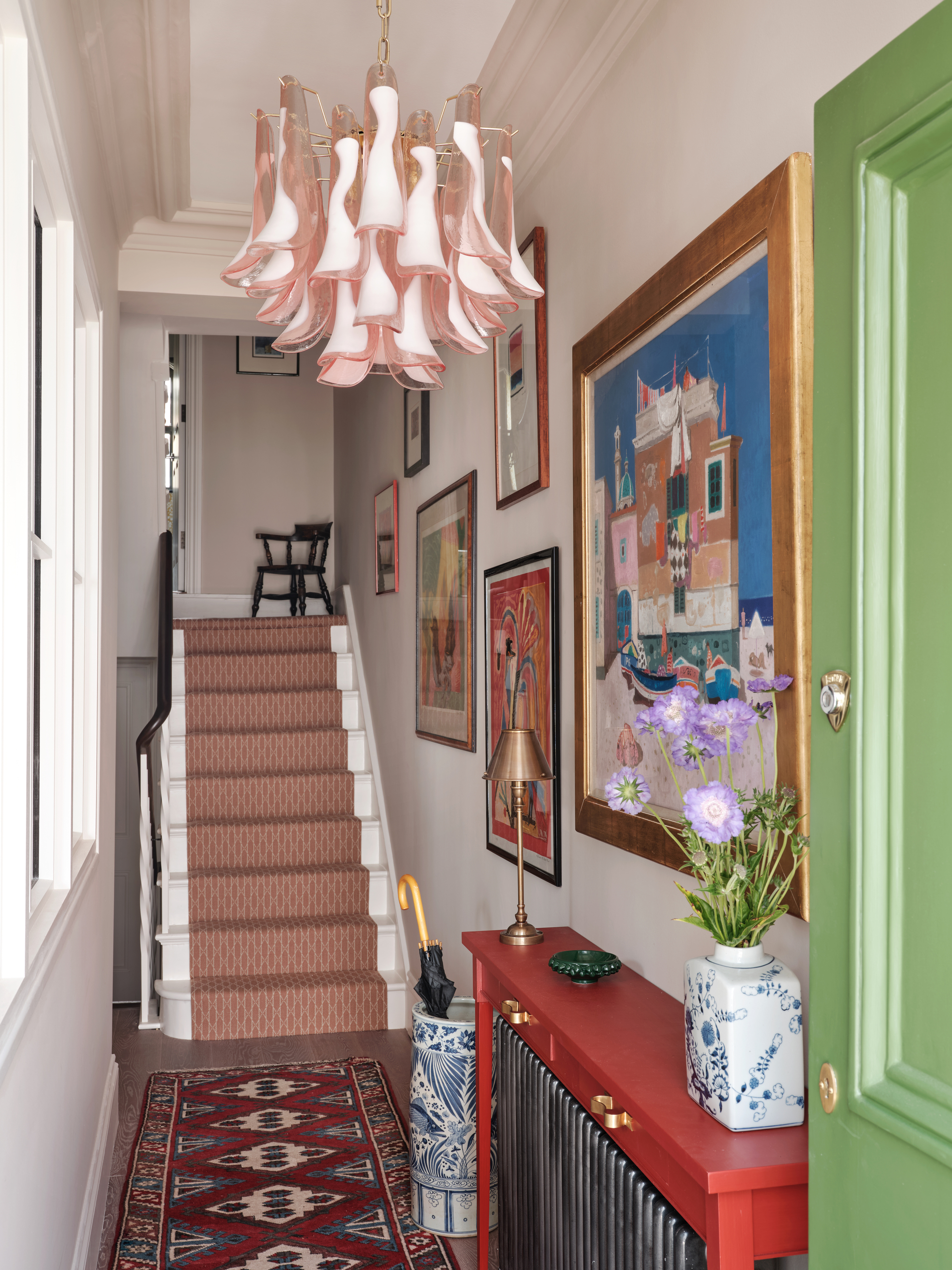
So, if radiator covers generally do block heat, is the same true of radiator shelves? Nick explains that "While a radiator shelf can sometimes help direct heat forward into the room, a cover tends to have the opposite effect.
"Even with ventilation, [a radiator shelf] usually reduces the efficiency of heat circulation, so it’s more of a design compromise than a performance upgrade."
While less of a heat blocker than a radiator cover, it's still not a perfect solution, though it does allow you an extra shelf, if that is more important than heat in the space, plus you can still make a statement with your radiator by painting it or going for a stylish design.
This Radiator Shelf from Dunelm is easy to install and comes in a range of sizes to suit your space.
This slimline radiator table fits around your radiator, leaving plenty of space for airflow while offering additional storage and design quality to your space.
Do Some Radiator Covers Work Better Than Others?
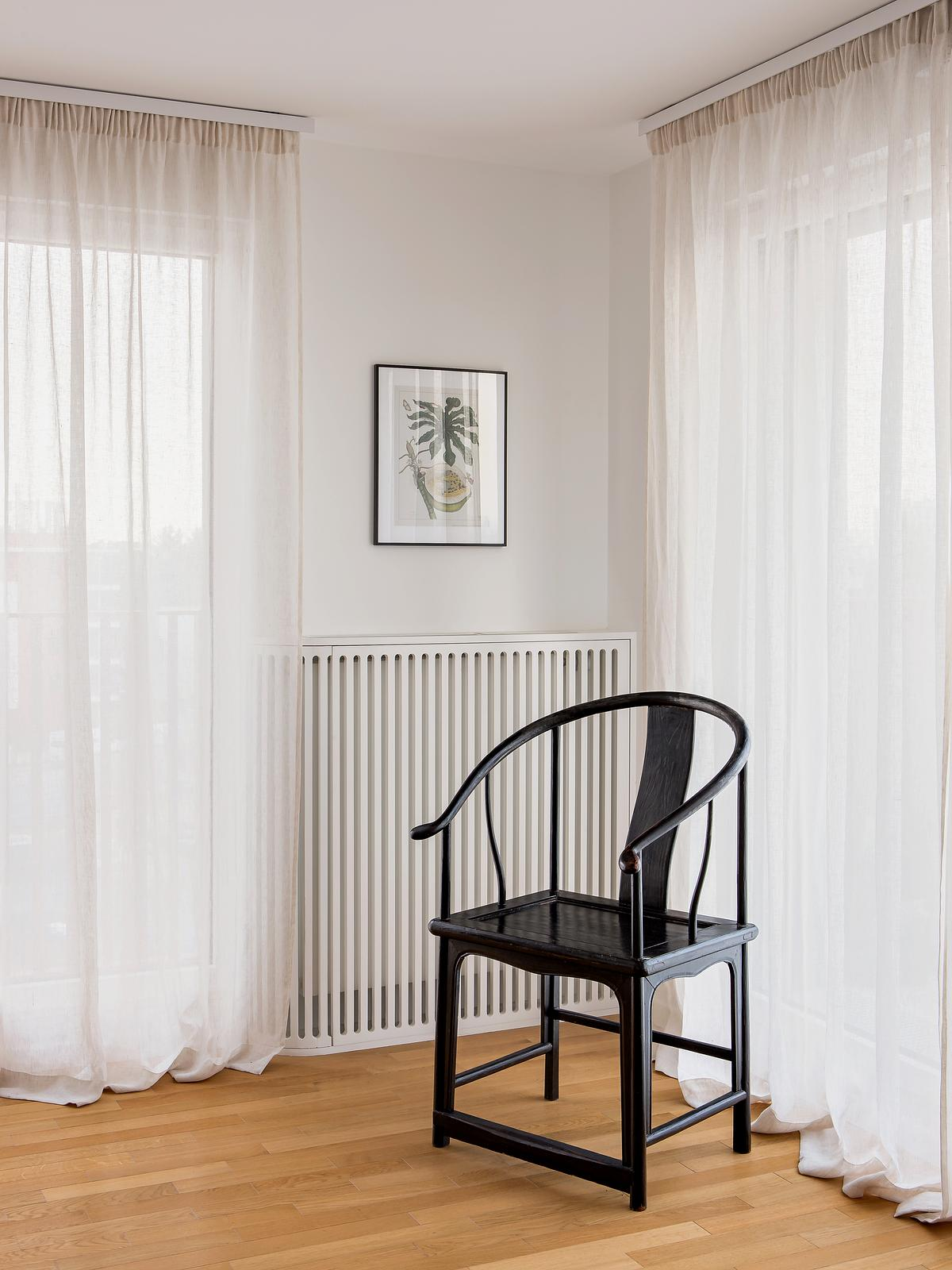
There are many reasons why you may still decide to use a radiator cover in your home. From an aesthetic point of view, they can conceal old and ugly radiators that you don't like but can't yet replace, in a design that suits the style of your space.
They can also offer additional storage, with some designs even coming with built-in storage drawers. And from a safety point of view, they also add a protective layer from a heat source for households with children and pets.
The key factors to consider when looking for a suitable radiator cover are the design, the materials, and how both of these elements affect its durability and heat transmission.
"In terms of being highly efficient at radiating heat into the room, metal radiator covers, often made from materials like steel or aluminium, are a better choice," says Nick.
"Although they can be more expensive than other options, they are very durable and available in a range of modern and traditional designs. Similarly, perforated metal radiator covers combine the durability and heat-conducting properties of metal with decorative perforations or patterns that allow heat to pass through. These can be an excellent compromise between efficiency and aesthetics."
Stylish Radiator Covers
It could be that, depending on its placement, you're more interested in finding ways to hide your radiator than you are in heat loss, and if this is the case, I've found some incredibly stylish radiator covers on the market that will do just that.
While not made of metal, if additional storage is what you're after, this radiator cover comes complete with removable and moveable shelving. I am a fan of the bottle green hue, but it is available in black, too.
This radiator cover is giving me Art Deco design vibes, and will be sure to make a statement in any space. Constructed of gold-colored metal, and with ample ventilation, it is a great choice for a radiator cover.
Available in a range of sizes, this decorative radiator cover is unique and stylish, and would make a lovely accent piece in any space. It is also made of durable, heat-resistant steel, with ample ventilation slots, to aid energy efficiency.
Statement Radiators
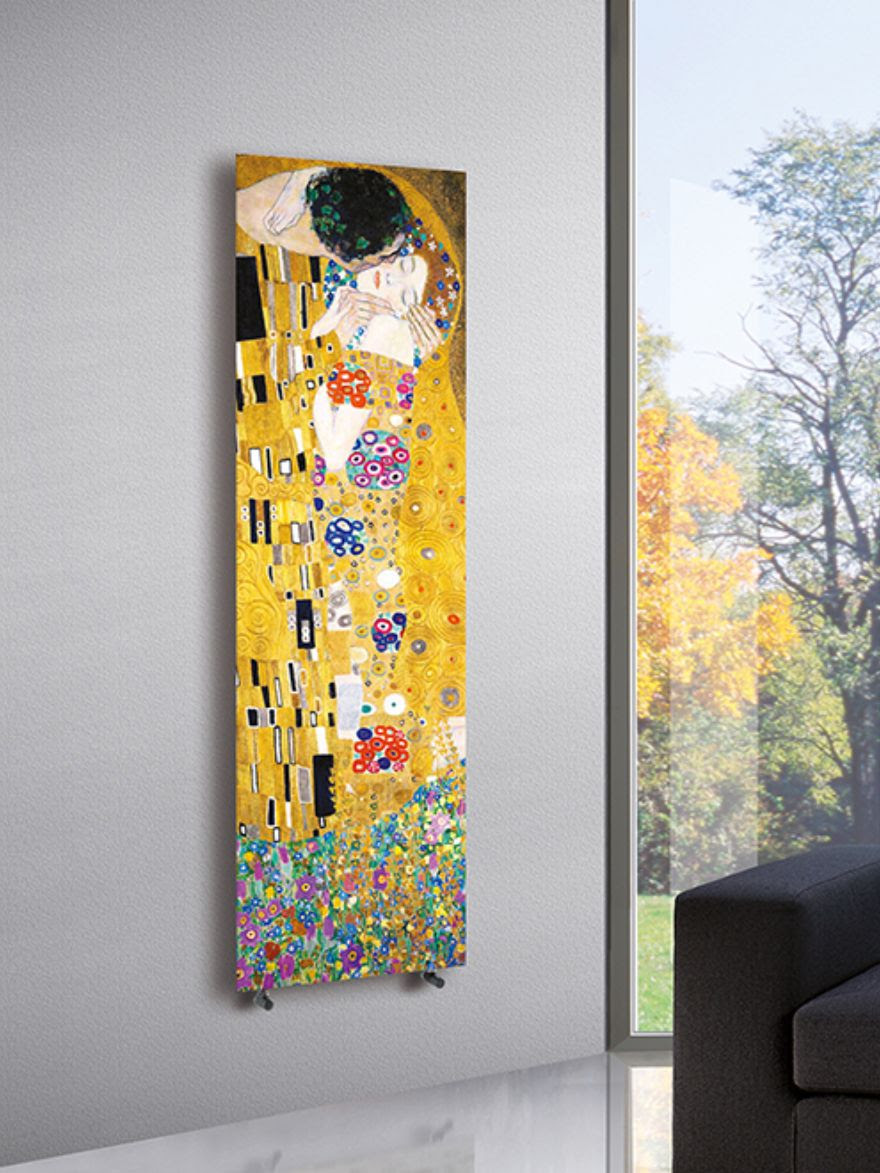
Radiator design has come a long way since they were first introduced in our homes, with so many styles now readily available across a wide range of price points. These are a few of my favorites.
This classic design is giving me radiator cover vibes, without the cover. Available in a range of sizes, and constructed with low carbon steel, it uses advanced heating technology to provide fast and even heat distribution.
This radiator is a thing of beauty, IMO, and is definitely not a contender for being hidden away. It's vintage meets modern in the best way, providing efficient heating with its durable steel material and sustainable, yet aesthetic, coating.
Yep, this is a radiator. Make your radiator into an actual piece of art with The Radiator Centre has a selection of art radiators, available in a wide range of styles and sizes, to suit any space — if this isn't a statement radiator, I don't know what is.
FAQ
Does Foil Behind Radiators Work?
Putting radiator heat reflector foil on the wall behind your radiators can, with certain radiator types, help to prevent heat loss and increase the radiator's efficiency.
Nick Duggan, managing director of The Radiator Centre, explains: "These panels are designed to reflect heat back into the room, preventing it from being absorbed by the wall. This simple addition can enhance the radiators' efficiency by ensuring more heat is directed where it's needed."
You can buy SuperFOIL Radpack Radiator Insulation Reflective Foil on Amazon.
If you're looking for more ways to make your radiators more energy efficient, these five heating hacks will do the trick.







